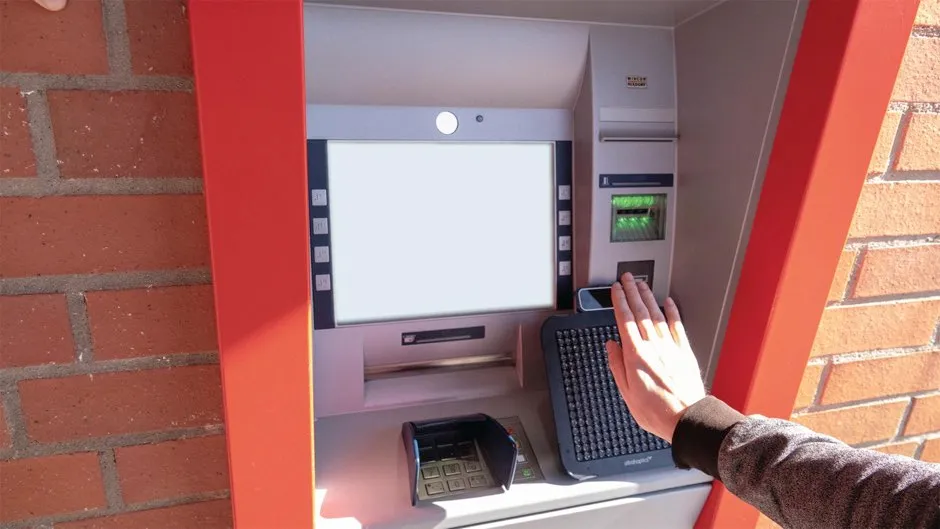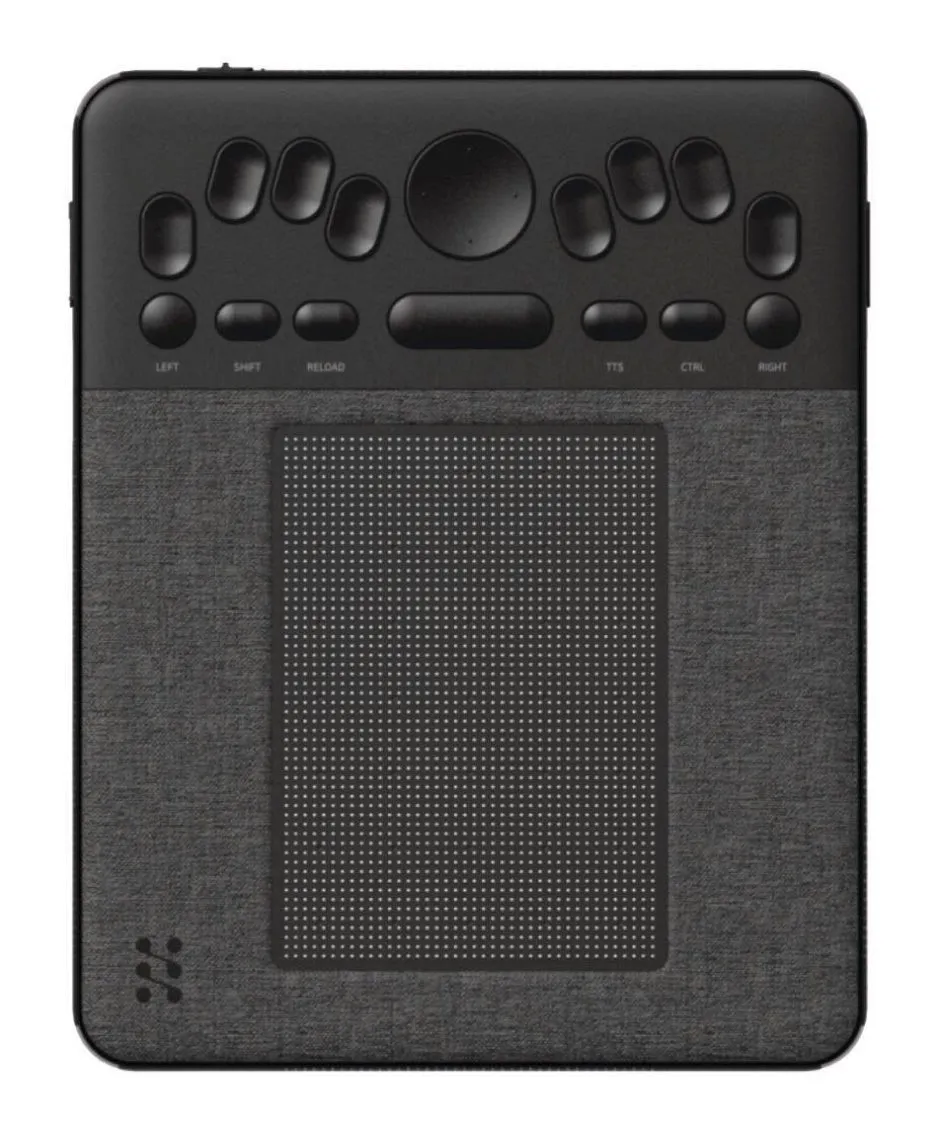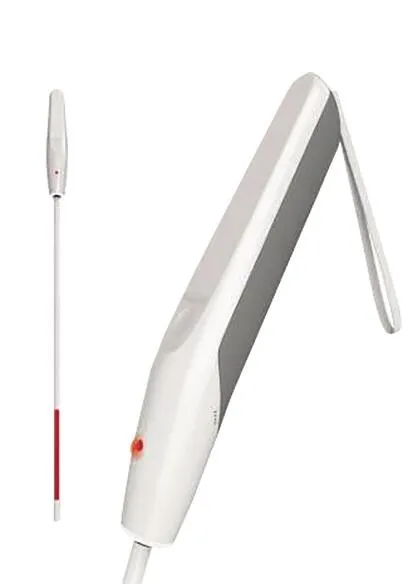A new form of haptic technology has been designed that gives blind people the sensation of reading Braille, without having to touch any surfaces.
The device, called the HaptiRead, was developed by researchers from the University of Bayreuth, Germany. They hope that the HaptiRead could be used by blind people out in public, for reading departure times at a bus stop or using a cashpoint, for example.
Haptic devices work by simulating physical sensations. For example, if you hit a wall while playing Mario Kart, your controller will vibrate. Or, in more sophisticated devices, ultrasound waves are used to push darts of air at you which feel solid enough when they reach your skin, making the invisible into something physical.
The HaptiRead uses the latter technique. It has been built from hardware called Stratos Explore, made by a company called Magic Leap that specialises in haptics and gesture controls.
Read more about accessible tech:
- Lexilight: a reading lamp designed for dyslexia
- Thought-controlled bionic arm with sense of touch ‘could be available in two years’
- Deep learning robots could help treat kids with autism
The HaptiRead device includes 256 ultrasonic transducers – tiny speakers that emit ultrasound waves in the direction of the user’s hand.
One ultrasonic wave on its own can’t be felt by human touch, so multiple waves are pointed at one spot to create the feeling of pressure on the skin.
Using programming software, the researchers told the HaptiRead to create these points in the shape of a Braille character.
The ability to create the feeling of interaction without any physical touch has uses that extend beyond accessibility.
“Due to the current pandemic, we all have become more conscious about physical interaction with different interfaces, especially in very frequented public spaces,” says Viktorija Paneva, one of the researchers on the project.
“Mid-air haptic interfaces, like HaptiRead, could indeed provide a more hygienic alternative to physical and touchscreen public displays that everyone can benefit from. For example, to choose a product from a vending machine without physical contact.”
However, the researchers stress the need for further investigation before we see HaptiRead on the streets. But, with more development, Paneva believes the possibility of using such a system in the next few years is quite realistic.

Top accessibility tech
1
Tactile Pro

The Tactile Pro is the first tablet to be made for blind users. It can turn text and images into Braille, and even supports document editing, internet browsing and gaming.
2
Logitech G Adaptive Gaming Kit

Built with Microsoft, the Logitech adaptive gaming kit deconstructs the Xbox controller to make a system that can be laid out in any configuration that meets the player’s needs.
£89.99, logitechg.com
3
SEED cane

This smart walking cane uses infrared sensors to detect nearby obstacles, connects to a smartphone and can guide the user wherever they want to go using in-built GPS.
